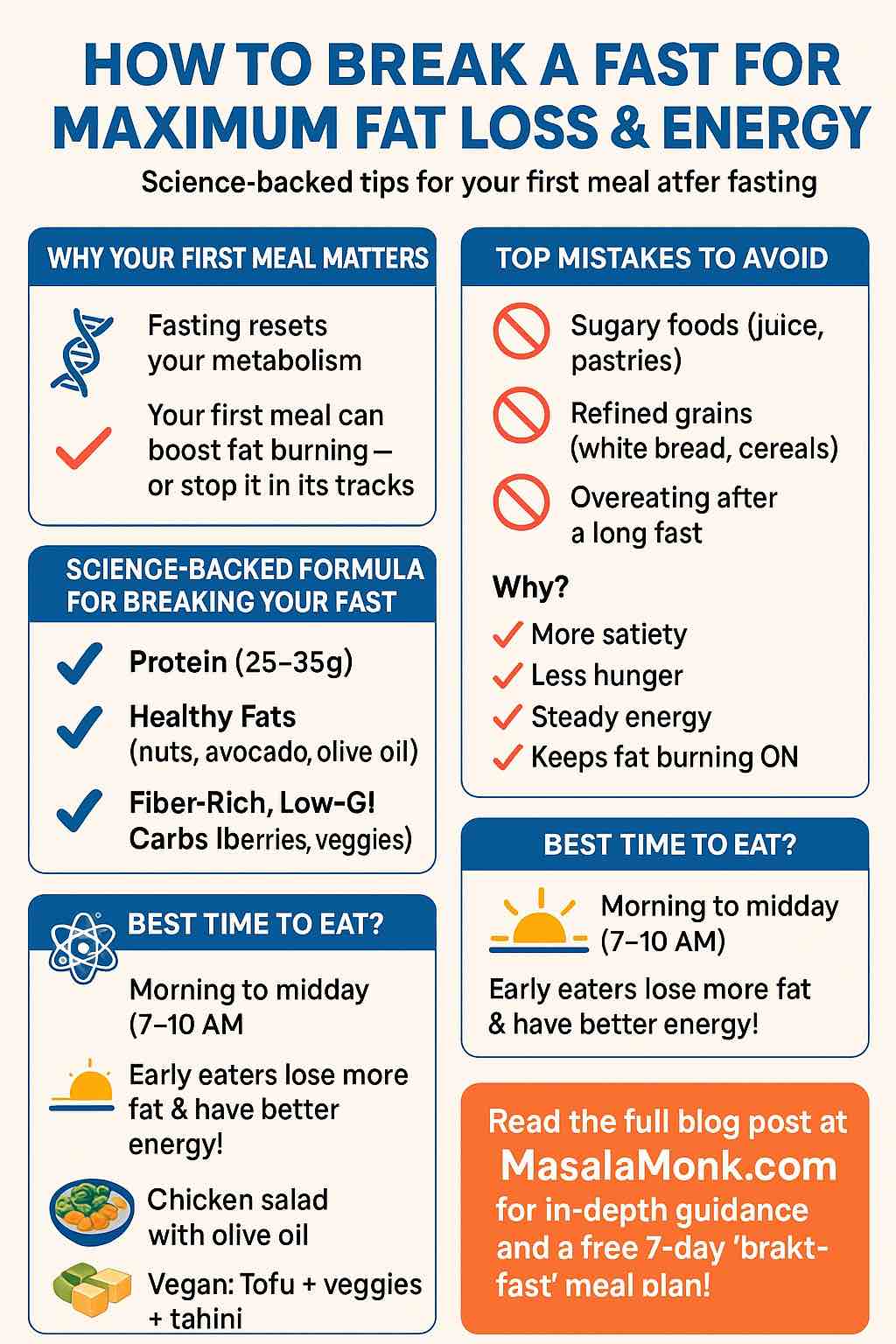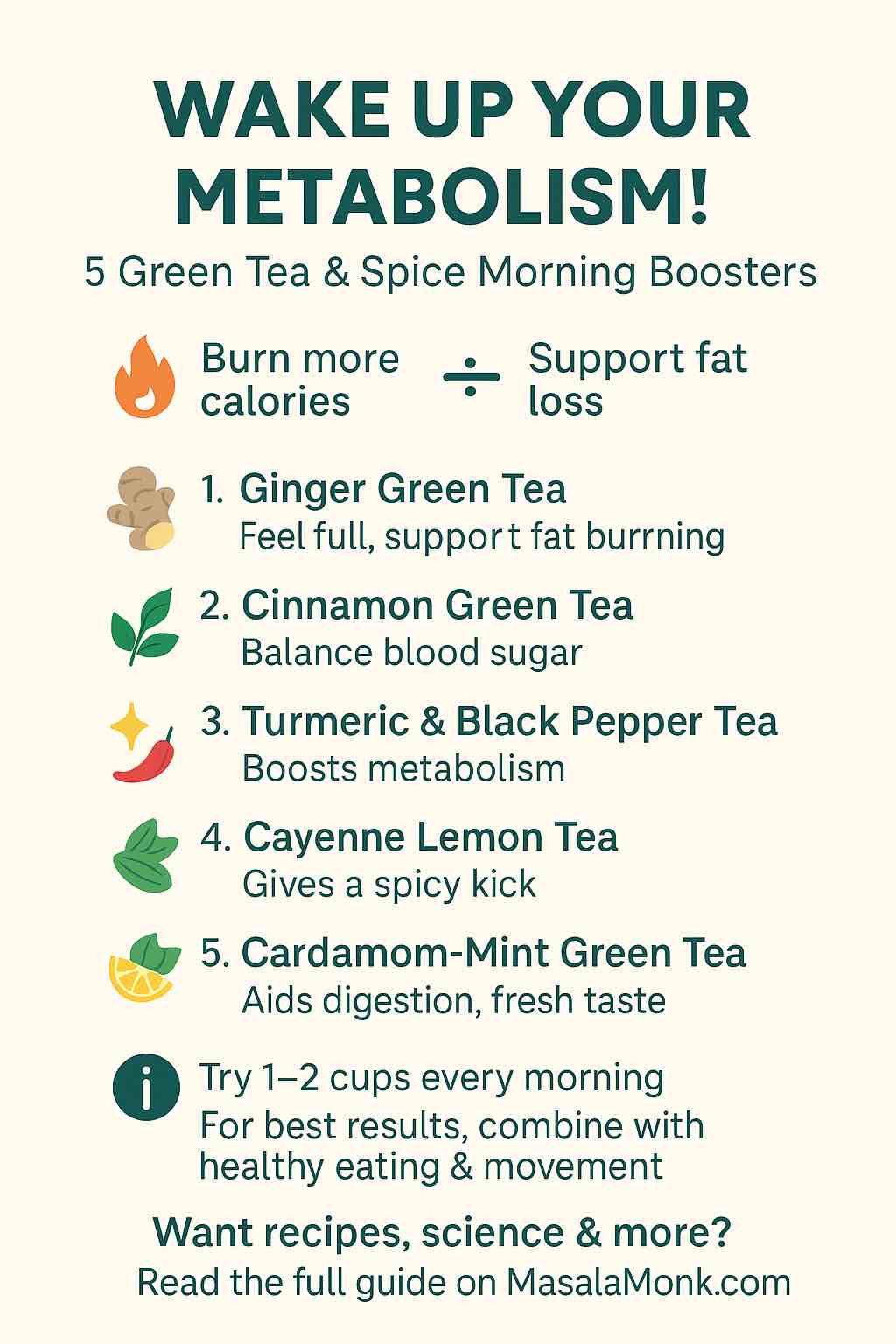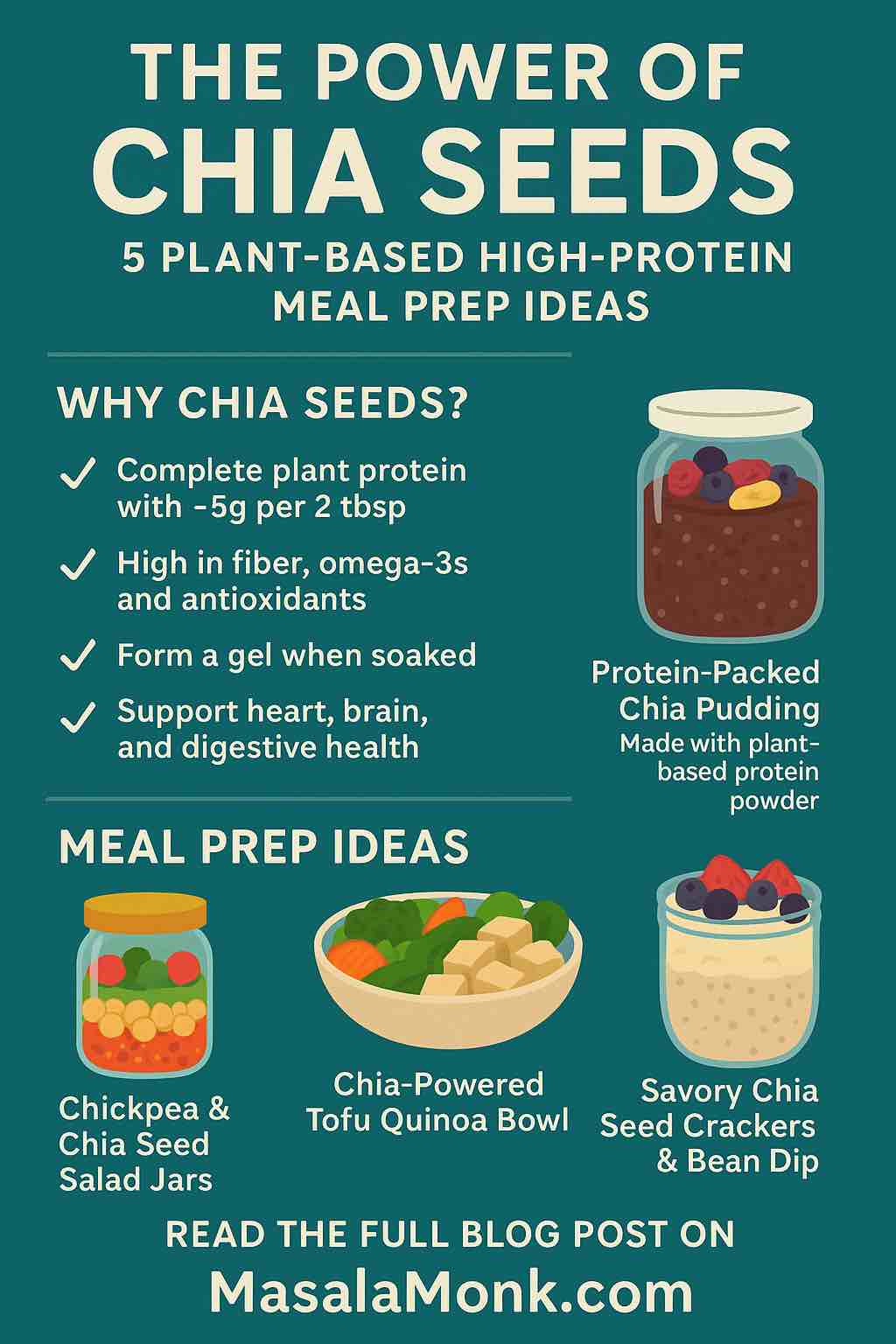
Cast iron skillets have an almost mythical status in the kitchen. People talk about them being “forever pans,” capable of making the best steak or cornbread of your life. But cast iron, for all its hype, isn’t for everyone—and even seasoned cooks sometimes get tripped up by classic mistakes.
If you’re considering buying your first (or next) cast iron skillet, read on. This post goes well beyond the marketing to give you real, practical advice—plus five honest warnings you need to know before making the commitment.
The Romance of Cast Iron—And the Reality
Owning a cast iron skillet feels like joining a secret club. The stories are true: with proper care, it can last generations, and it delivers incredible browning, searing, and oven-to-table versatility. But cast iron also requires a shift in habits. It’s not just a pan; it’s a relationship, and like all relationships, it comes with quirks you need to embrace—or at least understand.
1. Warning: Cast Iron Is Heavy—And That Matters More Than You Think
If you’re used to lightweight nonstick or stainless-steel pans, you may be surprised the first time you heft a cast iron skillet. These pans are solid metal, often weighing as much as a small bowling ball.
That heft is part of what makes cast iron great—it helps with heat retention and stability. But it can also make a difference in daily life:
- Lifting and Pouring: Pouring off hot oil or moving a full skillet from stovetop to oven can be awkward or risky if you’re not prepared.
- Cleaning: Scrubbing, rinsing, and drying a heavy, slippery pan isn’t trivial, especially if you have limited grip strength or wrist issues.
- Storage: Cast iron pans take up space and can damage delicate surfaces if dropped or stacked carelessly.
Practical Tip:
Before you commit, try lifting a few pans in a store (if possible) or compare the weight to something you own. If you cook for just one or two people, consider a smaller skillet. Larger pans are great for volume but multiply the challenges.
2. Warning: Seasoning Isn’t One-and-Done—It’s a Lifestyle
One of the first things you’ll hear about cast iron is “seasoning.” This isn’t just a buzzword; it’s the heart of cast iron care.
Seasoning is a thin layer of polymerized oil that forms a protective, naturally nonstick coating on your skillet. While many pans are “pre-seasoned,” the reality is that maintaining and improving this seasoning is an ongoing responsibility.
What You’ll Actually Be Doing:
- After Each Use: Rinse your pan promptly (avoid letting it soak), scrub away stuck-on bits (using coarse salt if needed), dry thoroughly, and rub on a very thin coat of cooking oil. Heat briefly to seal it in.
- If Food Starts Sticking: It’s a sign your seasoning needs a boost. A few extra rounds of oiling and heating can help.
- If Rust Appears: Don’t panic—rust can be scrubbed off and the pan re-seasoned.
Why This Matters:
Skipping these steps leads to rust, sticky food, or metallic flavors. Seasoning is a rhythm you get into—like making your bed or brushing your teeth.
Practical Tip:
Make seasoning a habit, not a chore. Keep a small bottle of oil near your stove and consider it part of the cooking process.
3. Warning: Cast Iron Isn’t for Everything—And That’s Okay
Cast iron is versatile, but it’s not a universal solution. There are foods and techniques that don’t play well with cast iron, especially with a newer or lightly-seasoned skillet:
- Acidic Foods: Tomato sauce, vinegar, wine, and lemon juice can strip seasoning and cause off-flavors. Use another pan for these until your skillet is deeply seasoned.
- Delicate Dishes: Eggs, fish, or pancakes may stick in a new pan until the seasoning is built up.
- Quick-Change Cooking: Cast iron heats slowly and stays hot. If you’re making dishes that need fast temperature changes or precise control, another pan may be better.
Practical Tip:
Think of cast iron as a specialist—fantastic for searing, frying, baking, and roasting, but not the only pan you need. Let it excel at what it does best.
4. Warning: Rust Is Always Lurking—And It’s Your Job to Fight It
The flip side of cast iron’s durability is its vulnerability to moisture. Water is the enemy of cast iron.
Rust can show up overnight if a pan is left damp, air-dried, or stored in a humid environment. Even the most expensive or well-seasoned pan will rust if neglected.
How to Prevent Rust:
- Always dry your skillet immediately after washing—ideally by heating it on the stove.
- Store your pan in a dry place. If you live in a humid climate, consider placing a paper towel inside to absorb moisture.
- Never put cast iron in the dishwasher or let it soak in the sink.
If Rust Appears:
Don’t panic. Scrub the rust with steel wool or a stiff brush, rinse, dry, and re-season. Rust is a setback, not a disaster.
Practical Tip:
Think of rust as feedback, not failure. If you see it, it just means the pan needs a little more attention. Fixing it is almost always possible.
5. Warning: Cast Iron Rewards the Patient—Not the Impulsive
The most beautiful thing about cast iron is how it gets better with time. Every meal, every oiling, every gentle scrub builds character and performance. But this is a long game.
- Break-in Period: New pans are often a bit sticky, rough, or fussy. With regular use, they get smoother and slicker.
- Appearance Changes: Don’t expect a glossy black patina immediately. Over months or years, your skillet will develop a deep, even finish and unique character.
- Effort Up Front: The more you use and care for your skillet, the easier and better it gets.
Practical Tip:
Don’t be discouraged by imperfections or slow progress. Think of your skillet as something you grow with—it’s a tool and a project.
Beyond the Warnings: How to Get the Most Out of Your Cast Iron Skillet
Embrace Simplicity
Start with simple foods that help build seasoning and boost your confidence:
- Fry bacon or sausages (the fat helps the pan).
- Roast vegetables at high heat.
- Try cornbread, biscuits, or skillet pizza.
Cleaning Simplified
- Clean your skillet while it’s still warm—this makes removing residue easier.
- Use hot water and a stiff brush. Avoid soap, or use it sparingly.
- For stubborn spots, a paste of coarse salt and water works wonders.
Maintenance Routine
- Oil lightly after every wash.
- Heat briefly on the stove to finish drying and set the oil.
- Store in a dry place, ideally with something between the pan and any lid to prevent moisture buildup.
Cooking Mastery
- Preheat well: Allow the skillet to warm up for several minutes before adding food. This ensures even cooking and prevents sticking.
- Don’t be afraid of high heat: Cast iron shines for searing and baking.
- Let it cool gradually: Avoid shocking the pan with cold water or rapid temperature changes.
Mindset: It’s a Journey
- The first months may include minor sticking, some uneven color, or a little rust. Don’t give up.
- With use and patience, your skillet will become a prized tool, better than nonstick and longer lasting than stainless.
The Takeaway
Buying a cast iron skillet isn’t just about getting a new pan. It’s about adopting a time-tested way of cooking that values patience, care, and tradition. The rewards—superior flavor, deep browning, and a kitchen heirloom—are well worth the investment of time and a little effort.
Remember:
- The weight is real—choose what you can handle.
- Seasoning is a process, not a feature.
- Use it for what it does best, and don’t force it for everything.
- Rust is fixable—prevention is easier.
- Cast iron is a journey, not a destination.
If you’re ready for a tool that grows with you, challenges you, and will one day be part of your family’s story, cast iron is a worthy investment. Treat it well, and it will repay you in unforgettable meals for decades to come.
Ready to begin? Let your cast iron journey start with knowledge, care, and confidence!
10 Cast Iron Skillet FAQs
1. Do I need to season my skillet if it says “pre-seasoned”?
Yes. Pre-seasoned skillets are ready to use, but regular seasoning after each use helps improve the nonstick surface and prevents rust. The more you cook (and oil it), the better it gets.
2. Why does food sometimes stick to my cast iron skillet?
Sticking can happen with new pans or if the seasoning is thin. Make sure the pan is well preheated, use enough oil, and keep building the seasoning layer over time. Acidic or watery foods may also loosen seasoning on newer skillets.
3. How do I clean my cast iron skillet after cooking?
Wipe out food residue while the pan is warm, rinse with hot water, scrub with a stiff brush (no soap or just a touch if needed), dry thoroughly, and lightly oil before storing.
4. What should I do if my cast iron skillet rusts?
Don’t worry! Scrub the rust off with steel wool or a stiff brush, rinse, dry completely, and re-season by applying a thin coat of oil and heating the pan.
5. Can I cook tomato sauce or other acidic foods in my cast iron?
Occasionally, yes—especially once the pan is well seasoned. Frequent or long cooking of acidic foods can strip seasoning, so use another pan for those until your skillet is well developed.
6. Is cast iron safe for all stovetops, including induction and glass?
Yes, but use care on glass or ceramic cooktops to avoid scratching or cracking the surface due to the pan’s weight and rough bottom.
7. How do I store my cast iron skillet to prevent rust?
Make sure it’s completely dry and lightly oiled. Store it in a dry place, with a paper towel or cloth inside to absorb moisture. Avoid putting the lid on tightly, which can trap humidity.
8. My skillet isn’t black and shiny yet—is that normal?
Absolutely. New or freshly re-seasoned pans often appear brown, gray, or matte. Over time, with regular use and oiling, it will darken and become glossy.
9. Can I use metal utensils with my cast iron skillet?
Yes. Metal spatulas, scrapers, and spoons won’t harm the seasoning. In fact, using them can help smooth out the surface over time.
10. Can I put my cast iron skillet in the dishwasher?
No. The dishwasher strips seasoning and encourages rust. Always wash by hand, dry right away, and re-oil before storing.






















